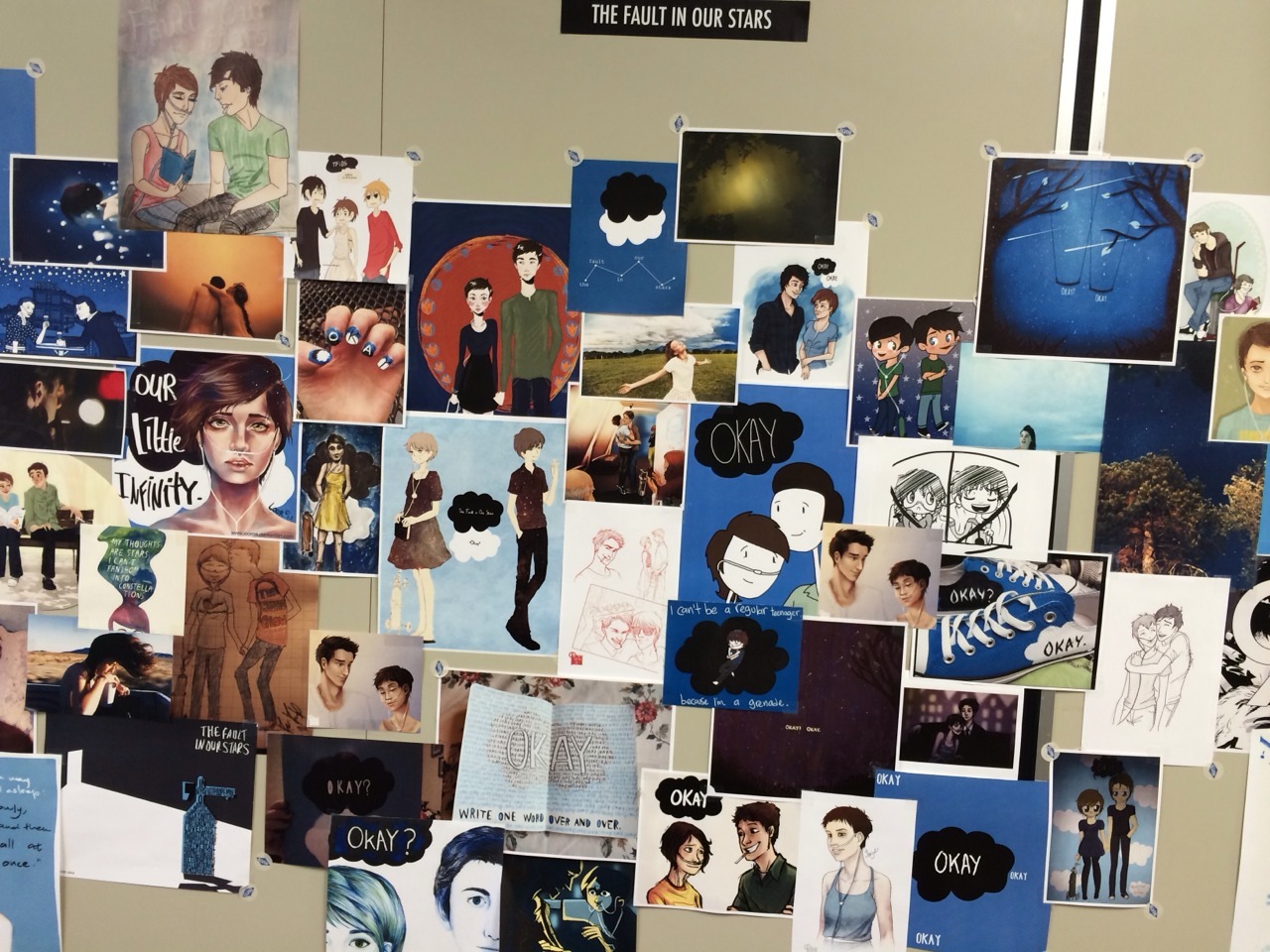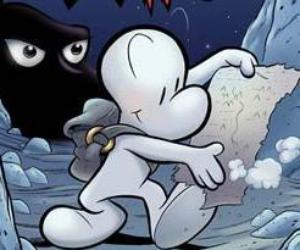 |
| From John Green's Tumblr - he also is the co-creator of Vlogbrothers - wow! |
New York : Dutton Books, c2012.
1st ed.
318 p. ; 22 cm.
This is a very popular novel in our library - and this is a beautiful novel. That is a wonderful thing to be able to write, and I'm really pleased to have recently had to buy a second copy of this novel (and will probably buy a few more when it comes out in paperback).
John Green has always been one of those solid author's in our collection with books like An Abundance of Katherines and Looking for Alaska, but with Fault in Our Stars - there has been a notable uptick in interest in Green. In fact, I read the book after a couple of students said I had to read it.
It is really a testament to Green's skill as a writer that he takes on such a fraught topic as teens with cancer, and is able to create a deeply moving, tough, realistic, and existentially wonderful love story out of it.
The story manages to deal with love, art, death, parenting, passion, fear and hope without feeling overwrought and forced. There are a few moments where the characters are just a little to facile with words and "profound," but those moments are few. The plotting of the novel is also really nice.
Without giving away the plot, I will just say that by the end of the book, Green had me completely swept up in the emotional life of his characters...and it was hard to close the book when I was done.
One last note: the copy I read was loaned to me by a student. I told her our copy was out and that the next one was on order, but that I wanted to read it soon. She said, I'll loan you my copy. Perks of being a librarian!



